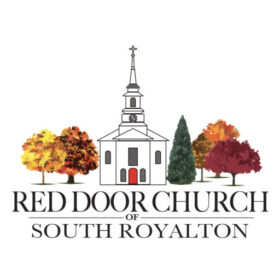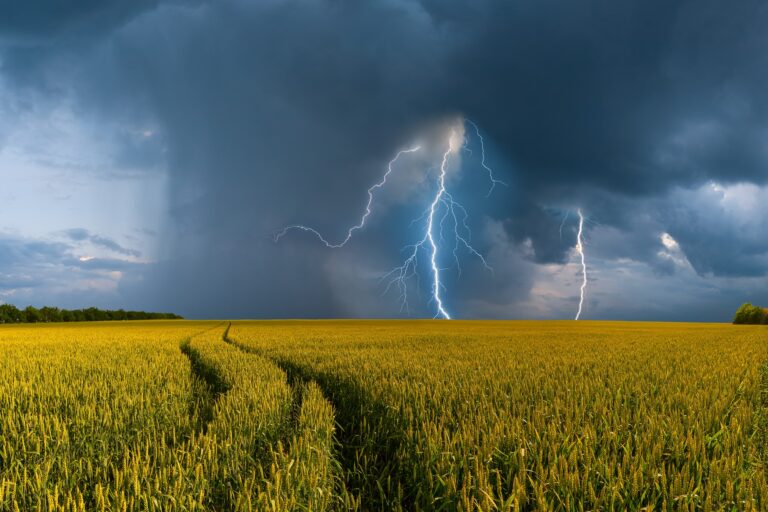Have you ever read the four gospels straight through? You begin reading and as you’re going through Matthew, you’re like, well that’s interesting, confirms everything I heard in church, but then you get to Mark and it starts to confirm a lot of what you read from Matthew. So then you start cross-referencing and noticing that a lot of what Mark says, so does Matthew and so out of curiosity you start reading Luke and you get more of the same. Then you get to John and then you notice John seems to avoid talking about the same stuff the other gospels talk about but at the same time adds a story here and there that is confirmed in the other Gospels.
Here’s a question to consider: Can we tell by comparing two passages of Scripture with one another, that both are authentic, credible historical records?
Now you might think: sure, we can find passages where two different writers tell the same story, and perhaps with the same words…and that’s true, we can find that. Just to humor me, I want you to let loose your inner skeptic out briefly and ask: Well considering they are so identical in story and words, maybe they copied from each other…or maybe they were copied from some underlying document. I mean you don’t compare two of the same newspapers of the exact same day and conclude you have independent writers reporting the same story. They’re the same, so why suggest they were written by two different writers?
So how can we tell that these are independent eyewitness accounts based on internal evidence and not one writer copying from another writer who was copying from some other source? The answer is undesigned coincidences. How does this work out?
Sometimes we will have two works by different authors interlock in a way that would be very unlikely if one of them were copied from the other or both were copied from a common source.
For example, one book may mention in passing a detail that answers some question raised by the other. The two records fit together like pieces of a jigsaw puzzle. If we have that kind of evidence, then it is highly probable that we are not dealing with fictions or forgeries.
Why do I say that? It’s because if you’re fabricating something, you’re just making it up; why would you leave loose ends that raise questions when you could just go ahead and avoid that altogether and tie them off. I mean you’re not constrained in anyway. It’s a work of fiction; fill it out however you want. Moreover, if there are documents written by other people, you can’t control what the other people will write to make it interlock with what you have written.
But we would expect to find such interlocking in authentic, detailed records of the same real events told by different people who knew what they were talking about.
As an example, let’s look at Matthew 8. Jesus enters Peter’s house, heals his mother-in-law and then that evening a crowd of people come to be healed by Jesus.
What’s puzzling about that passage? If the people truly believed that Jesus could heal the sick, why did they wait until evening to come to Him? If you look around in Matthew, you will find no answers.
Why would you wait? Matthew doesn’t say but Mark has the answer. Mark tells the same story, but he goes further into the background and fills it out for us so we can see it happening continuously. Mark says almost the same thing but mentions that this was all done on the Sabbath.
Do you see the explanation that comes out? Devout Jews, especially during the 2nd temple period, were fanatical about doing anything that a Pharisee might construe as a breaking of the Sabbath, but the Sabbath ends at sundown. Jesus has gone into Peter’s house, He’s cured Peter’s mother-in-law, word went around, the sun went down, and then he gets mobbed and he heals the sick. Do you see how these interconnect? Is Matthew copying from Mark? Not plausibly so because otherwise he would have included all of the settings that Mark has. Is Mark copying from Matthew? He can’t be, he’s got details that Matthew doesn’t even have, but the two of them interlock, and the bit that Mark provides us with gives us the answer to a natural question about what we read in Matthew.
I think it’s important to note that the strength of this argument comes when you have numerous undersigned coincidences that are crisscrossing the Gospels. In my next post, I’ll give more examples of undersigned coincidences in the gospels.



